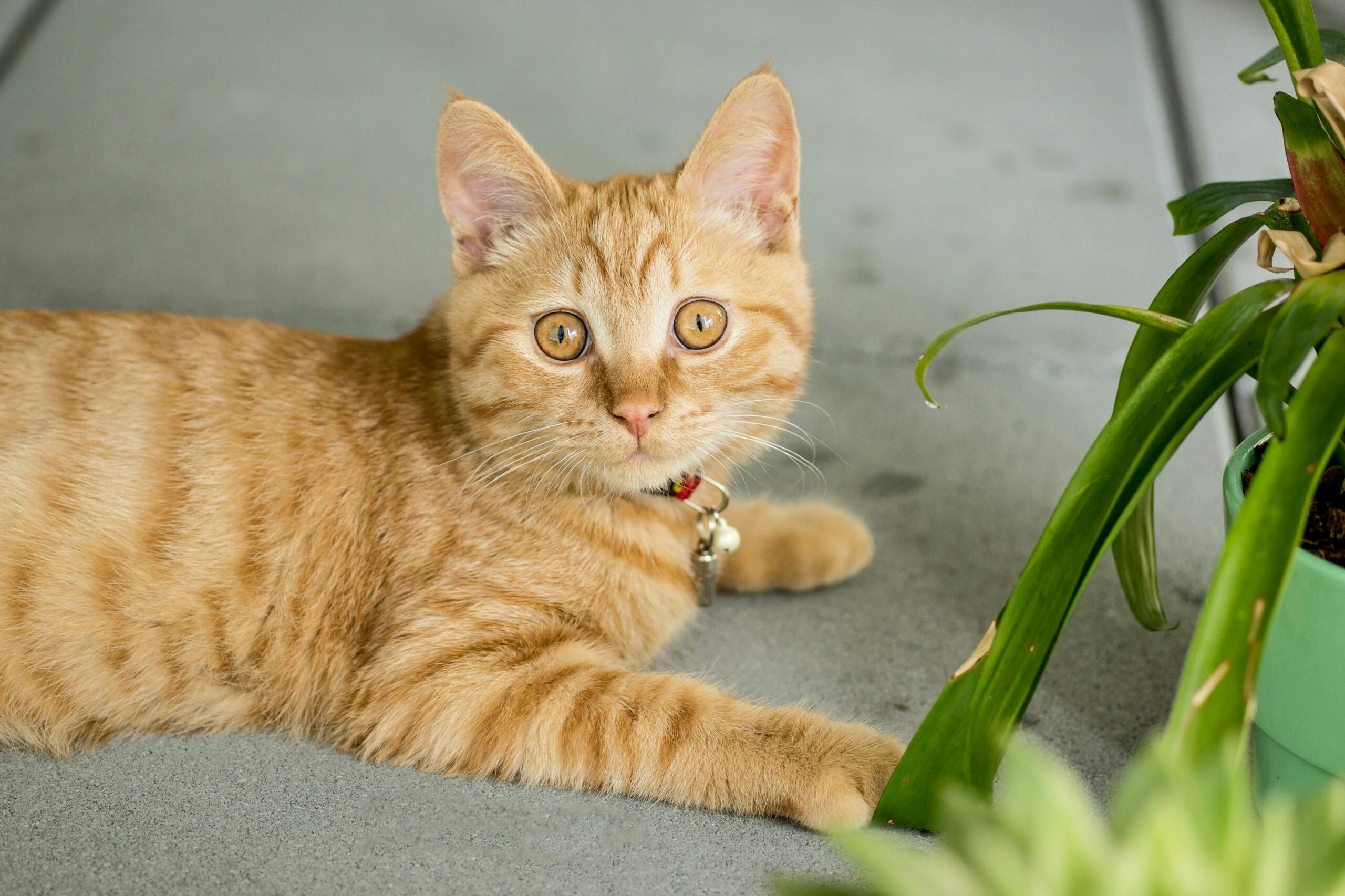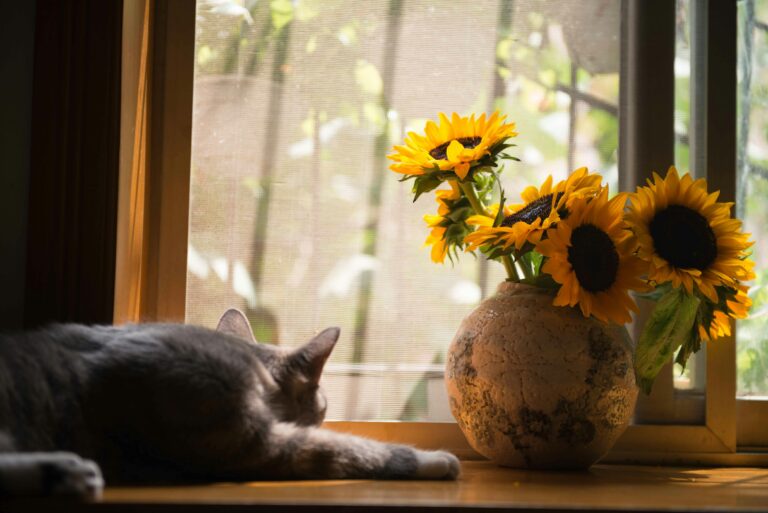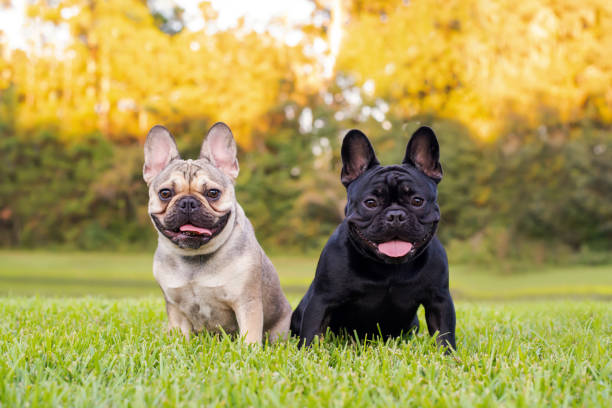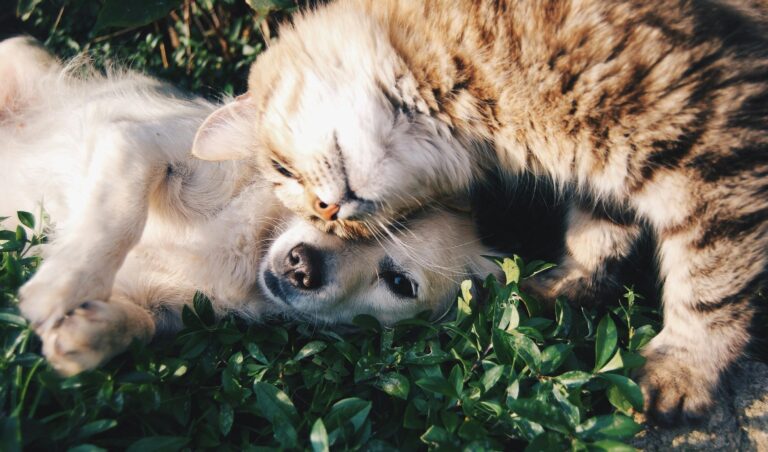What Poisonous Plants for Pets to Avoid and How to Keep Your Pets Safe
Pets are curious by nature, and while their playful antics bring joy, they can also lead to unexpected dangers. Many common household and garden plants pose serious risks to our furry friends. As a responsible pet owner, knowing which plants are toxic and how to prevent accidental exposure is crucial. At Two by Two Pet Support, we prioritize your pet’s safety and well-being, and we’re here to help you identify and avoid harmful plants.
Understanding the Risks: Why Are Some Plants Poisonous to Pets?
Certain plants contain toxins that can cause mild to severe reactions in pets. These toxic compounds affect pets differently, depending on their species, size, and the amount ingested. Common symptoms of plant poisoning include vomiting, diarrhea, lethargy, seizures, and even organ failure.
Knowing which plants to avoid is the first step in ensuring your pet’s safety.
Top Poisonous Plants to Avoid
- Lilies (Highly toxic to cats)
- Effects: Kidney failure within hours of ingestion.
- Safe Alternative: Roses, sunflowers.
- Sago Palm
- Effects: Severe liver damage, vomiting, seizures.
- Safe Alternative: Areca palm.
- Aloe Vera
- Effects: Vomiting, lethargy, diarrhea.
- Safe Alternative: Bamboo palm.
- Dieffenbachia (Dumb Cane)
- Effects: Oral irritation, swelling, difficulty swallowing.
- Safe Alternative: Spider plant.
- Tulips and Hyacinths
- Effects: Intense stomach upset, drooling, cardiac irregularities.
- Safe Alternative: Marigolds.
- Oleander
- Effects: Life-threatening heart irregularities.
- Safe Alternative: Hibiscus.
- English Ivy
- Effects: Vomiting, abdominal pain, diarrhea.
- Safe Alternative: Boston fern.
How to Prevent Exposure to Toxic Plants
- Research Before You Buy:
Always check if a plant is pet-safe before adding it to your home or garden. - Create a Safe Zone:
Designate pet-free areas where potentially harmful plants are kept out of reach. - Supervise Outdoor Time:
Monitor your pets when they’re in the garden or on walks, especially around unfamiliar plants. - Teach “Leave It” Commands:
Training your pets to avoid certain items can be a lifesaver. - Replace Toxic Plants:
Swap out toxic plants for pet-friendly alternatives to ensure your home remains safe.
What to Do if Your Pet Ingests a Toxic Plant
If you suspect your pet has come into contact with a poisonous plant:
- Identify the Plant:
Take note of the plant your pet may have ingested. - Contact Your Veterinarian Immediately:
Provide as much information as possible, including symptoms and the plant name. - Call a Pet Poison Hotline:
Keep a number handy, such as the ASPCA Animal Poison Control Center (888-426-4435). - Avoid Inducing Vomiting Without Guidance:
In some cases, inducing vomiting can cause more harm than good. - Transport Your Pet Safely:
If advised, take your pet to an emergency veterinary clinic immediately.
Pet-Safe Plant Alternatives
Creating a pet-friendly home doesn’t mean giving up greenery. Here are some safe and beautiful options:
- Calathea (Prayer Plant): Adds vibrant color and is non-toxic.
- Parlor Palm: A great indoor tree option.
- Basil: Perfect for your kitchen and safe for pets.
- African Violets: Adds a pop of purple to your home.
- Areca Palm: Safe and elegant for larger spaces.
Ask the Expert: Common Questions About Poisonous Plants for Pets
1. How can I pet-proof my garden?
Fencing off areas with toxic plants and training your pets to stay in designated zones can prevent accidents.
2. Are all lilies harmful to pets?
Yes, all lilies are dangerous for cats, and some can be harmful to dogs as well. Avoid them altogether.
3. What should I do if I can’t identify the plant my pet ingested?
Bring a sample of the plant to your veterinarian or take a photo for identification.
4. Can pets develop allergies to non-toxic plants?
Yes, even safe plants can cause skin irritation or allergies in some pets. Monitor their behavior and consult your vet if needed.
5. How do I create a pet-safe indoor environment?
Choose pet-friendly plants, elevate toxic ones out of reach, and provide toys to divert their attention.
Being informed about the dangers of poisonous plants is the key to keeping your pets safe and healthy. By choosing pet-friendly plants and creating a secure environment, you can enjoy greenery without worry. At Two by Two Pet Support, we’re committed to your pet’s well-being and offer a range of services to support you in your pet care journey.







